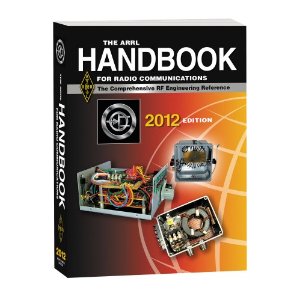Ham radio, often called amateur radio, is a type of communication that uses radio equipment to communicate with other ham radio operators. This hobby has a big following and offers many benefits to its operators.
Ham radio operators communicate wirelessly with each other and are even able to provide their community by providing emergency communications if the need arises. According to Wikipedia, there are roughly 6 million ham radio operators in the world!
There are many different ways for ham radio operators to communicate with one another, but the most widely used method of communication for amateur radio operators is that of voice transmission through frequency modulation. Another enjoyed type of communication for ham operators is the communication through Morse code. Although this mode of communication continues to be used by ham operators, it has been abandoned by other mediums.
In order to become a ham radio operator, one is required to take and pass a licensing exam that displays your level of understanding of amateur radio concepts. Once the exam is passed, operators receive certain privileges such as using higher power levels and more bandwidth to communicate with other operators. In contrast to CB radios whose frequency is small and limited, ham radio operators can communicate with other operators worldwide!
Once one passes the licensing exam, the government then issues you with a unique callsign. This identifier is unique to the holder and is used to identify oneself the world over. The callsigns are made up of 3 parts: a country designator, a subdivision/territory/state designator, and a part specific to your license.
Ham radio operators can be found all around the world; from small children to older grandparents, amateur radio operators use their equipment to communicate with friends and acquaintances near and far. It is not only a way to communicate, but it is also a way to build a community.
Source by Nick B.

